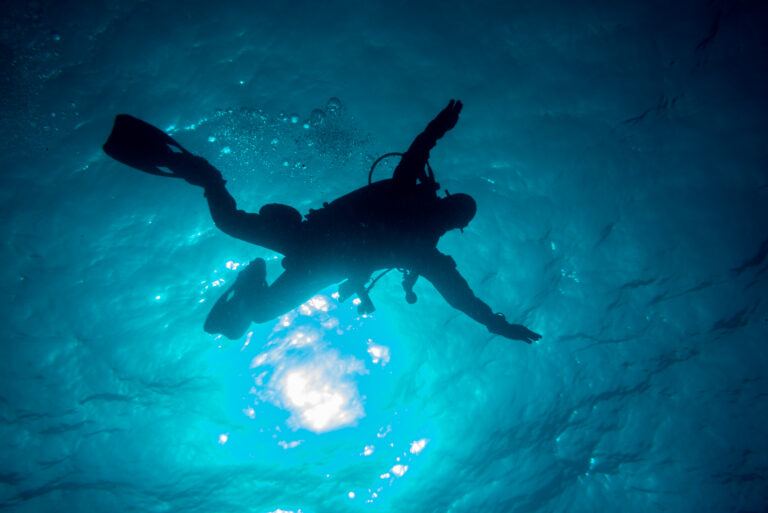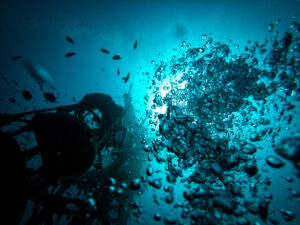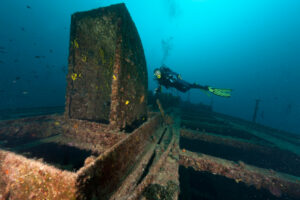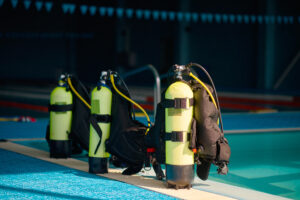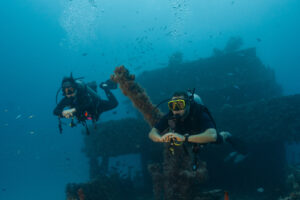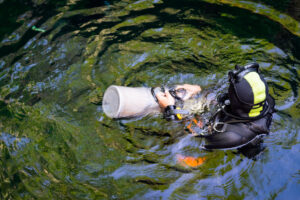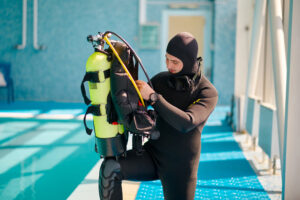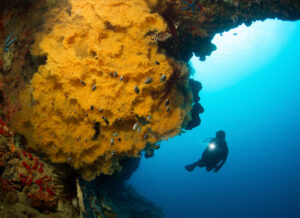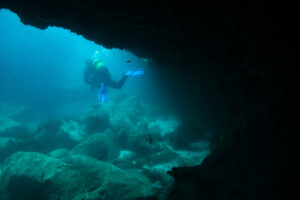What is the measurement Feet of Sea Water?
Feet of Sea Water (FSW) is a crucial concept for scuba divers to understand in order to safely navigate the underwater environment. As a unit of the Imperial system, FSW is used to measure pressure experienced under water, with 1 FSW representing the pressure in 1 foot of seawater or approximately 15 psi. This entry will provide an in-depth overview of FSW, its importance in scuba diving, how it relates to other pressure measurements, and its practical applications in dive planning and decompression.
FSW and Pressure: Underwater pressure increases as depth increases due to the weight of the water above. This pressure is referred to as hydrostatic pressure and is important to consider in scuba diving for various reasons, including its effects on gas consumption, equalization, and the risk of decompression sickness. FSW is a widely used unit to quantify this pressure, making it easier for divers to communicate and plan their dives.
FSW vs. Other Pressure Units
While FSW is a popular unit of measurement for depth and pressure in the Imperial system, there are other units used internationally. In the metric system, depth is commonly measured in meters of seawater (MSW), where 1 MSW equals approximately 3.28 FSW or 1 meter of seawater. Additionally, pressure can be expressed in atmospheres absolute (ATA), with 1 ATA equal to the pressure at sea level (14.7 psi or 1.01325 bar) and increasing by 1 ATA for every 33 FSW (or 10 MSW) of depth.
Pressure, Depth, and the Human Body: Scuba divers need to be mindful of the pressure changes that occur as they descend and ascend due to its physiological effects. One significant aspect is the need for equalization, which involves adjusting the pressure in the air spaces of the body, such as the middle ear and sinuses. As a diver descends, pressure increases and the air spaces must be equalized to prevent discomfort or injury. Conversely, as a diver ascends, the pressure decreases and the trapped gases in the body expand, which must be managed carefully to avoid complications.
Gas Consumption and FSW
Understanding the relationship between depth and pressure is essential for calculating gas consumption during a dive. As pressure increases with depth, the air in a scuba tank is compressed, and more gas is used with each breath. Consequently, divers consume air more rapidly at greater depths. Being able to measure depth in FSW helps divers calculate their air consumption rate and monitor their remaining air supply, ensuring a safe dive.
Decompression and FSW: Decompression is another critical aspect of scuba diving, and FSW plays a significant role in managing it. As a diver descends, their body tissues absorb inert gases, such as nitrogen, from the breathing gas. The deeper a diver goes, the more gas is absorbed. During ascent, pressure decreases, and the absorbed gas must be released slowly to avoid the formation of bubbles, which can lead to decompression sickness (DCS).
Dive tables and dive computers use FSW to determine safe ascent rates and required decompression stops to minimize the risk of DCS. Understanding the FSW concept and its relationship to decompression is essential for planning dives, especially when dealing with deeper dives, repetitive dives, or dives requiring decompression stops.
FSW in Dive Planning: Scuba divers use FSW to plan their dives, considering factors such as air consumption, no-decompression limits, and decompression requirements. By understanding the relationship between depth and pressure, divers can make informed decisions about their dive profiles, equipment requirements, and safety precautions. This knowledge is crucial for
managing risks, avoiding accidents, and ensuring a successful and enjoyable underwater experience.
FSW in Diving Education and Certification: FSW is a fundamental concept taught in scuba diving courses, as it forms the basis for understanding depth and pressure underwater. Diving education programs, such as those offered by PADI, NAUI, and SSI, incorporate FSW in their curriculum to ensure that divers develop a strong foundation in dive planning and safety.
During training, divers learn to use FSW to calculate their air consumption rate, plan their dives according to no-decompression limits, and understand the need for decompression stops at specific depths. As divers progress through advanced courses and technical diving certifications, they continue to apply the FSW concept to more complex dive scenarios, including mixed-gas diving and deep diving.
FSW and Recreational Dive Planner (RDP)
One essential tool for dive planning is the Recreational Dive Planner (RDP), which uses FSW to determine safe dive times, depths, and surface intervals. The RDP accounts for nitrogen absorption and release in the body at various depths, providing guidelines for no-decompression diving.
Divers can use RDP tables or electronic dive computers to plan their dives based on FSW. By following the RDP guidelines, divers can minimize the risk of DCS and other diving-related injuries, ensuring a safe and enjoyable diving experience.
Conversion Between FSW and MSW: In an increasingly globalized diving community, it is essential for divers to be familiar with both Imperial and metric systems. Converting between FSW and MSW is a simple process, with 1 FSW equaling approximately 0.305 meters, and 1 MSW equaling approximately 3.28 FSW. This conversion enables divers to communicate effectively, regardless of their preferred system of measurement.
Key Takeaways
FSW is a vital concept in scuba diving, as it provides a practical means of measuring pressure and depth underwater. By understanding FSW and its relationship to other pressure units, divers can effectively plan their dives, manage gas consumption, and minimize the risk of decompression sickness. As an essential component of diving education and certification, FSW enables divers to safely explore the underwater world and enjoy the many wonders it has to offer.

